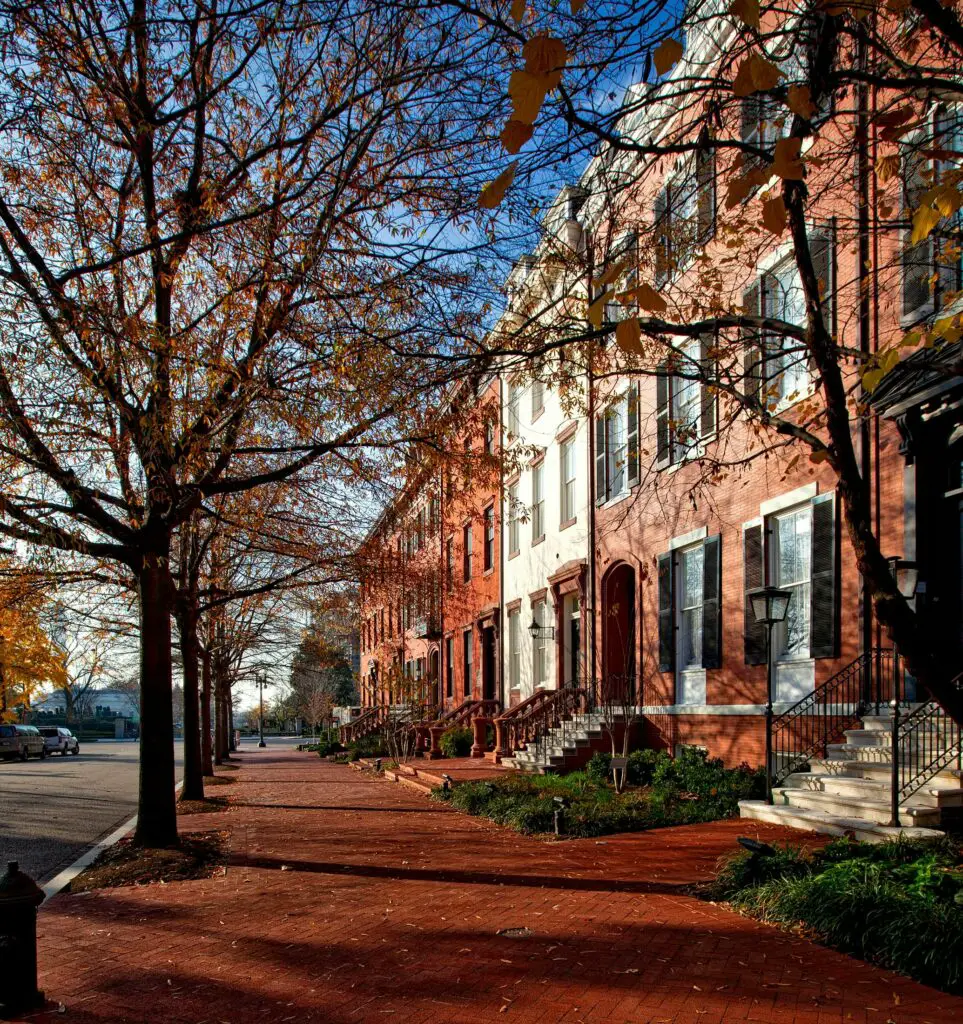Sidewalk violations are a common issue for property owners, both residential and commercial. These violations can lead to fines, liability for injuries, and require prompt attention to ensure pedestrian safety. Understanding the common causes of sidewalk violations and how to address them quickly, and how to look up sidewalk violation NYC can help you maintain safe and compliant walkways. Here’s a guide to the most frequent issues and effective solutions.
Common Causes of Sidewalk Violations
1. Cracks and Holes
- Cause: Cracks and holes in sidewalks are often caused by weathering, tree root growth, ground settling, and heavy traffic.
- Impact: These defects pose tripping hazards and can lead to injuries for pedestrians.
- Solution: Quick Fix: For small cracks, use concrete filler or epoxy to seal them. For larger holes, consider using a concrete patching compound.
- Long-Term Fix: Replace the damaged section of the sidewalk to ensure a smooth and safe surface.
2. Uneven Surfaces
- Cause: Uneven sidewalks are usually the result of ground settling, tree roots pushing up sections of the pavement, or poor initial installation.
- Impact: Uneven surfaces are a major tripping hazard and can cause serious falls.
- Solution: Quick Fix: Use a concrete grinder to level out minor uneven spots.
- Long-Term Fix: Lift and re-level the affected sections using a technique called mudjacking or by replacing the slabs entirely.
3. Obstructions
- Cause: Overgrown vegetation, debris, parked vehicles, and other obstacles can obstruct sidewalks, making them difficult to navigate.
- Impact: Obstructions impede pedestrian access and can force people into unsafe areas, such as roads.
- Solution: Quick Fix: Trim back overgrown plants and clear away any debris or objects blocking the sidewalk.
- Long-Term Fix: Regularly maintain vegetation and ensure that the sidewalk remains free of obstructions by scheduling routine checks and cleanups.

4. Poor Drainage
- Cause: Improperly designed or maintained drainage systems can cause water to pool on sidewalks, leading to slippery and hazardous conditions.
- Impact: Standing water can degrade the sidewalk material over time and create a slipping hazard.
- Solution: Quick Fix: Clear any blocked drains or gutters to ensure water flows away from the sidewalk.
- Long-Term Fix: Re-grade the surrounding area to improve drainage and consider installing additional drainage systems if necessary.
5. Deterioration
- Cause: General wear and tear from weather, foot traffic, and age can cause sidewalks to deteriorate.
- Impact: Deteriorating sidewalks can become uneven, cracked, and unsafe for pedestrians.
- Solution: Quick Fix: Apply a resurfacer to small areas of deterioration to improve the appearance and safety of the sidewalk.
- Long-Term Fix: Plan for periodic full replacements of older sidewalks to ensure long-term safety and compliance.
How to Address Sidewalk Violations Quickly
1. Conduct Regular Inspections
- Schedule regular inspections of your sidewalk to identify and address issues before they become violations.
- Look for cracks, uneven surfaces, obstructions, drainage issues, and general wear and tear.
2. Prioritize Immediate Repairs
- Address minor issues as soon as they are identified to prevent them from worsening.
- Use temporary fixes to mitigate hazards while planning for more permanent solutions.
3. Hire Professional Help
- For significant repairs, hire licensed contractors with experience in sidewalk maintenance and repair.
- Ensure that all work complies with local regulations and standards.
4. Stay Informed About Local Regulations
- Familiarize yourself with local codes and regulations regarding sidewalk maintenance.
- Ensure you have the necessary permits and approvals for any major repairs or replacements.
5. Keep Documentation
- Maintain records of all inspections, repairs, and communications with contractors and municipal authorities.
- Documentation can be crucial in demonstrating your efforts to maintain a safe and compliant sidewalk.
Conclusion
Sidewalk violations can be a significant headache for property owners, but understanding the common causes and addressing them promptly can help you maintain safe and compliant walkways. Regular inspections, immediate repairs, and proper maintenance are key strategies to avoid violations and ensure pedestrian safety. By taking proactive measures, you can enhance the safety and appeal of your property while fulfilling your civic responsibilities. For comprehensive and reliable contracting services, visit Zicklincontracting.com to see how they can transform your project.
